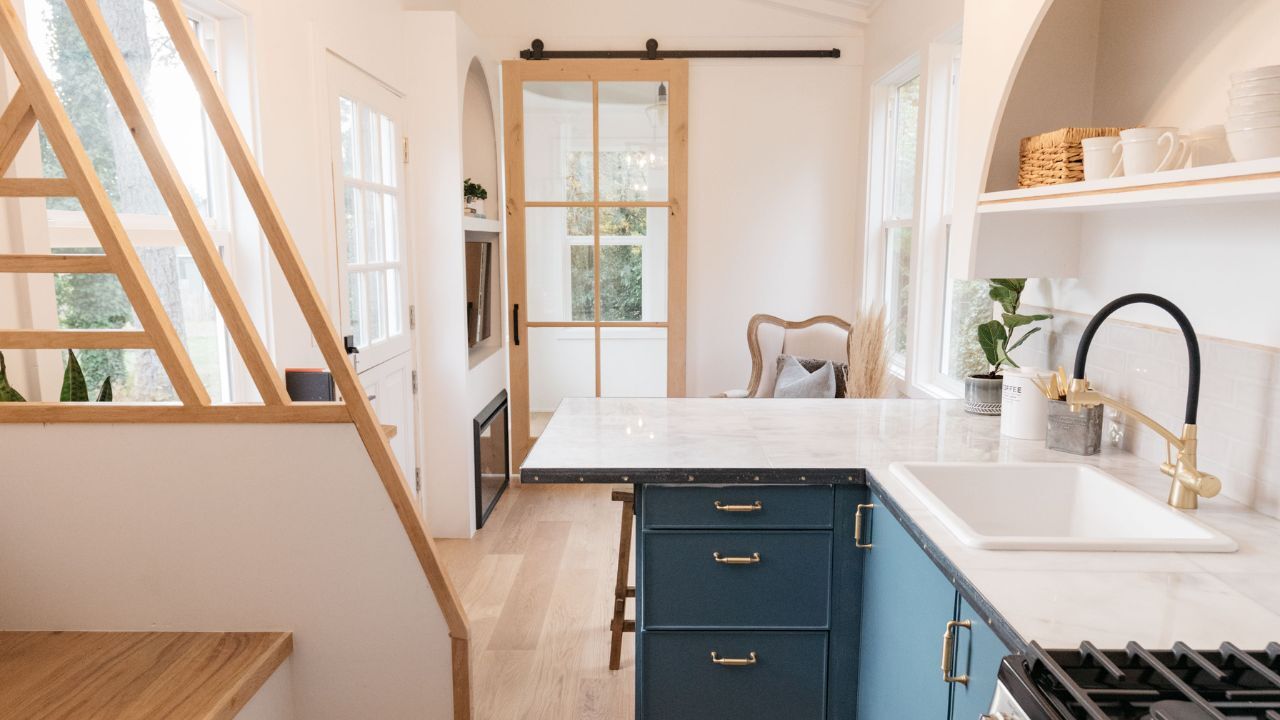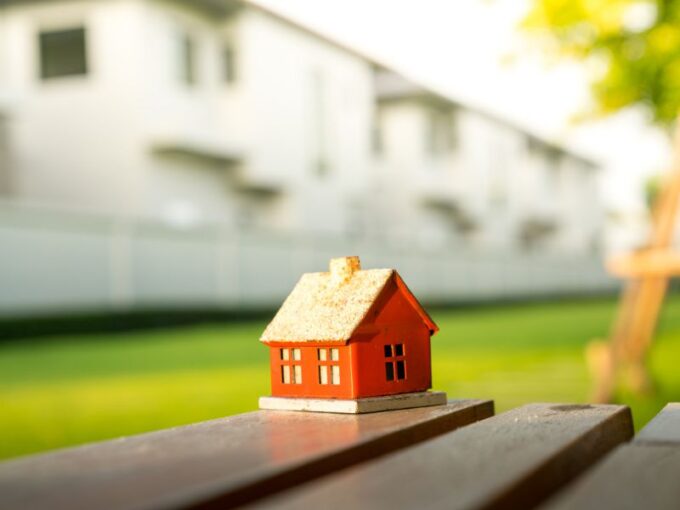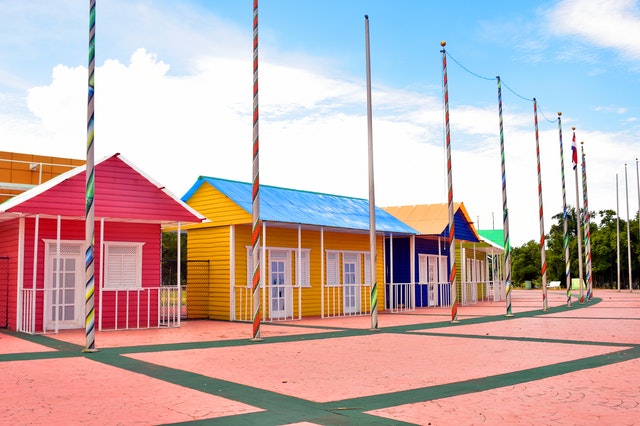 Tiny homes are more than just a trend; they represent a lifestyle choice that prioritizes efficiency, affordability, and sustainability. For many buyers, these smaller spaces provide a way to own a home without the financial burden of a traditional property. Understanding why people are choosing tiny homes, how to finance them, and ways to customize them can help you decide if this approach fits your lifestyle and goals.
Tiny homes are more than just a trend; they represent a lifestyle choice that prioritizes efficiency, affordability, and sustainability. For many buyers, these smaller spaces provide a way to own a home without the financial burden of a traditional property. Understanding why people are choosing tiny homes, how to finance them, and ways to customize them can help you decide if this approach fits your lifestyle and goals.
Why Buyers Choose Tiny Homes
Tiny homes appeal to buyers for several reasons. Lower purchase prices mean reduced monthly mortgage payments, making homeownership accessible to first-time buyers or those looking to downsize. They also allow for a simpler, more minimalist lifestyle, which can reduce ongoing maintenance costs and environmental impact. Additionally, tiny homes can be placed in unique locations, offering flexibility that larger homes cannot provide.
Financing a Tiny Home
Financing a tiny home can be different from traditional mortgages. Some lenders treat tiny homes like manufactured or modular homes, which may require personal property loans or specialized mortgages. Buyers may also consider using cash, personal loans, or home equity from an existing property. Working with a real estate professional familiar with tiny home financing options is essential to ensure you secure a loan that aligns with your budget and long-term goals.
Customizing Your Tiny Space
One of the biggest advantages of tiny homes is the ability to customize the space to fit your needs. Multi-functional furniture, creative storage solutions, and open layouts can make a small space feel comfortable and spacious. Buyers can incorporate sustainable materials, energy-efficient appliances, and smart home technology to enhance comfort while keeping costs low.
Making the Most of the Tiny Home Experience
Living in a tiny home requires careful planning and organization. Buyers should consider lifestyle factors, such as work-from-home needs, family size, and long-term growth plans. Tiny homes can provide a financial and lifestyle advantage, but success depends on thoughtful design, smart financing, and understanding the unique challenges of small-space living.
Tiny homes offer an exciting opportunity for buyers seeking affordability, flexibility, and sustainability. With the right planning and professional guidance, these small spaces can deliver big value, both financially and personally.
 As far as purchasing a home goes, “bigger is better” has often been the mantra. However, the trend of downsizing and tiny homes has gained significant traction in recent years, prompting many to rethink their approach to living spaces. This shift towards smaller, more efficient living has far-reaching implications for our lifestyles, our environmental footprint, and the way we view material possessions.
As far as purchasing a home goes, “bigger is better” has often been the mantra. However, the trend of downsizing and tiny homes has gained significant traction in recent years, prompting many to rethink their approach to living spaces. This shift towards smaller, more efficient living has far-reaching implications for our lifestyles, our environmental footprint, and the way we view material possessions. The average size of an American home has been increasing since the 1970s. The American Enterprise Institute (AEI) reports that, in 1973, the median size for a new home in the United States was 1,660 square feet.
The average size of an American home has been increasing since the 1970s. The American Enterprise Institute (AEI) reports that, in 1973, the median size for a new home in the United States was 1,660 square feet.